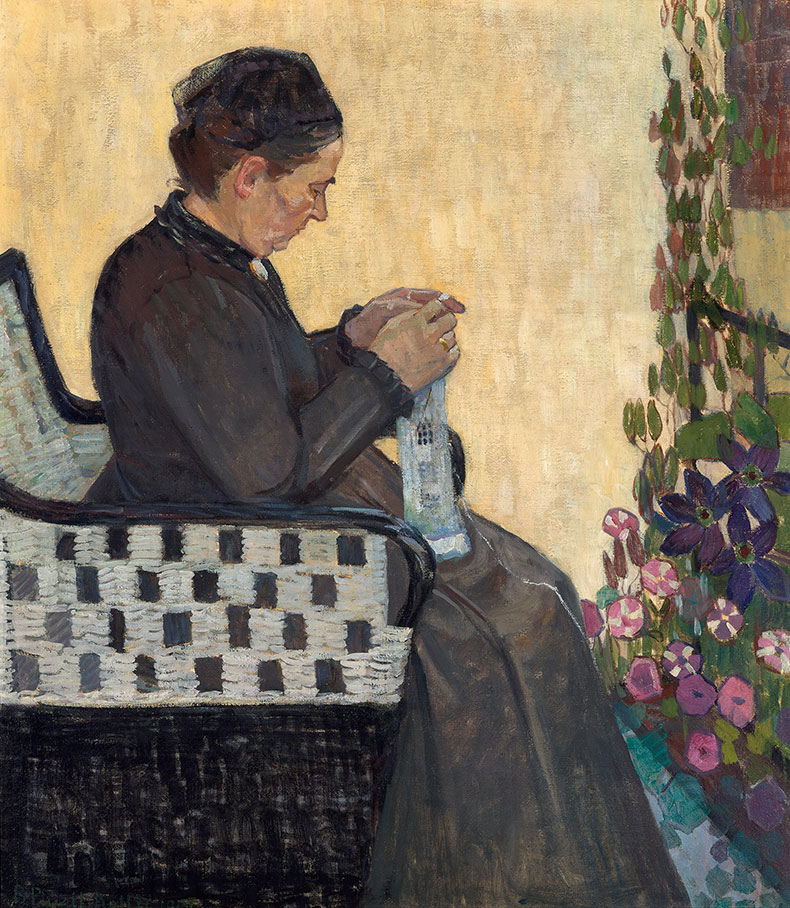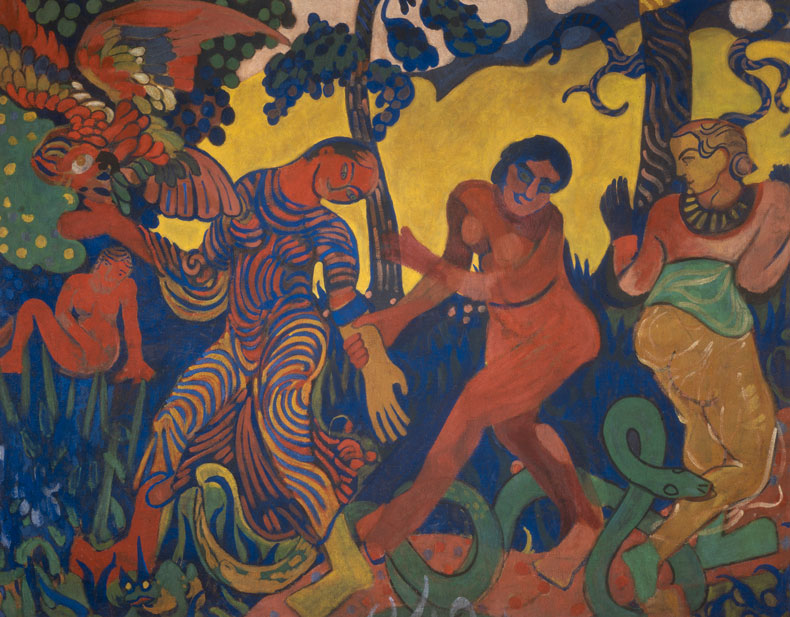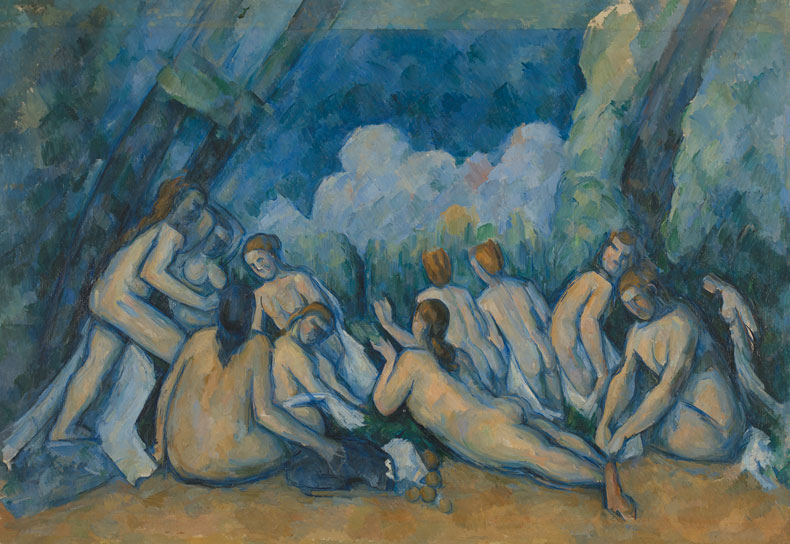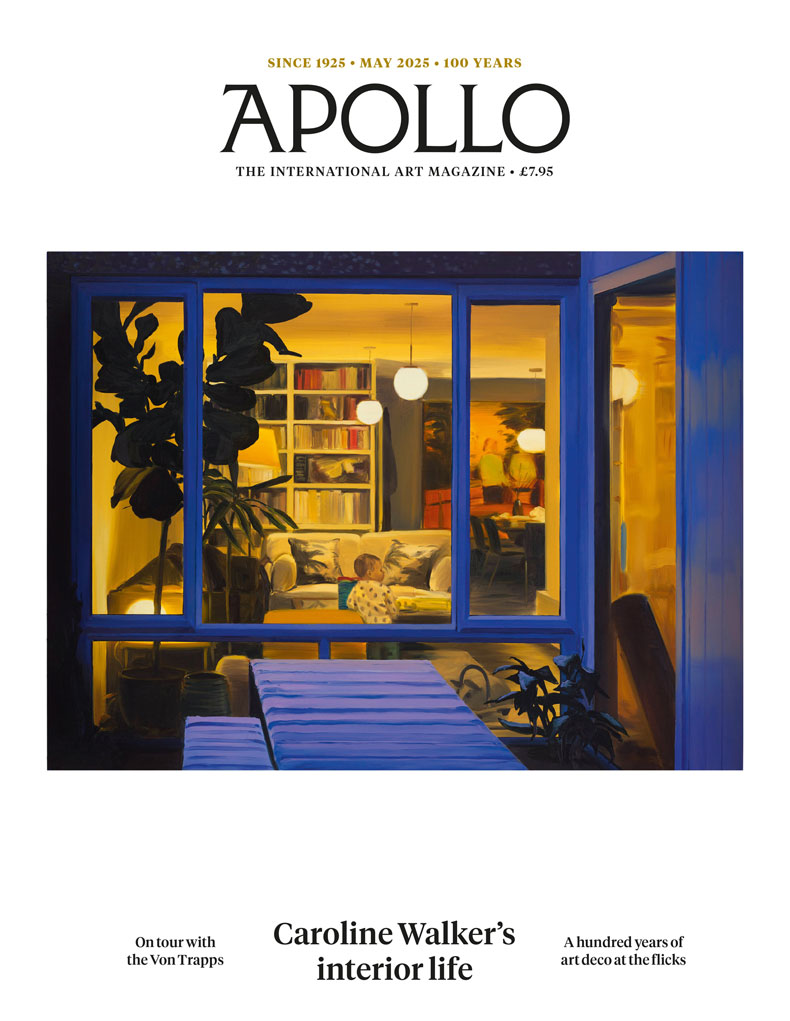The influence of three giants of the turn of the 20th century, Cézanne, Van Gogh and Gauguin, was not confined to Paris, but spread throughout Europe. This exhibition at the National Gallery in London (25 March–13 August) reveals how these figures became a touchstone for artists from Klimt to Kandinsky, who in turn shaped new movements across the continent. The show brings together more than 100 works, all created between 1886–1914. Highlights include Klimt’s Pair of Lovers (1913–15), Cézanne’s Mont Saint-Victoire (1902–06) and Van Gogh’s Snow-Covered Field with a Harrow (1890), as well as early abstract works by Kandinksy and Piet Mondrian. Find out more on the National Gallery’s website.
Preview below | View Apollo’s Art Diary

Die Mutter der Kunstlerin (1907), Broncia Koller-Pinell. Photo: © Artothek des Bundes

La Danse (1906), André Derain. Private Collection. Courtesy the owner; © ADAGP, Paris and DACS, London 2023

Bathers (c. 1894–1905), Paul Cézanne. Photo: © National Gallery, London














![Masterpiece [Re]discovery 2022. Photo: Ben Fisher Photography, courtesy of Masterpiece London](http://zephr.apollo-magazine.com/wp-content/uploads/2022/07/MPL2022_4263.jpg)
Suzanne Valadon’s shifting gaze